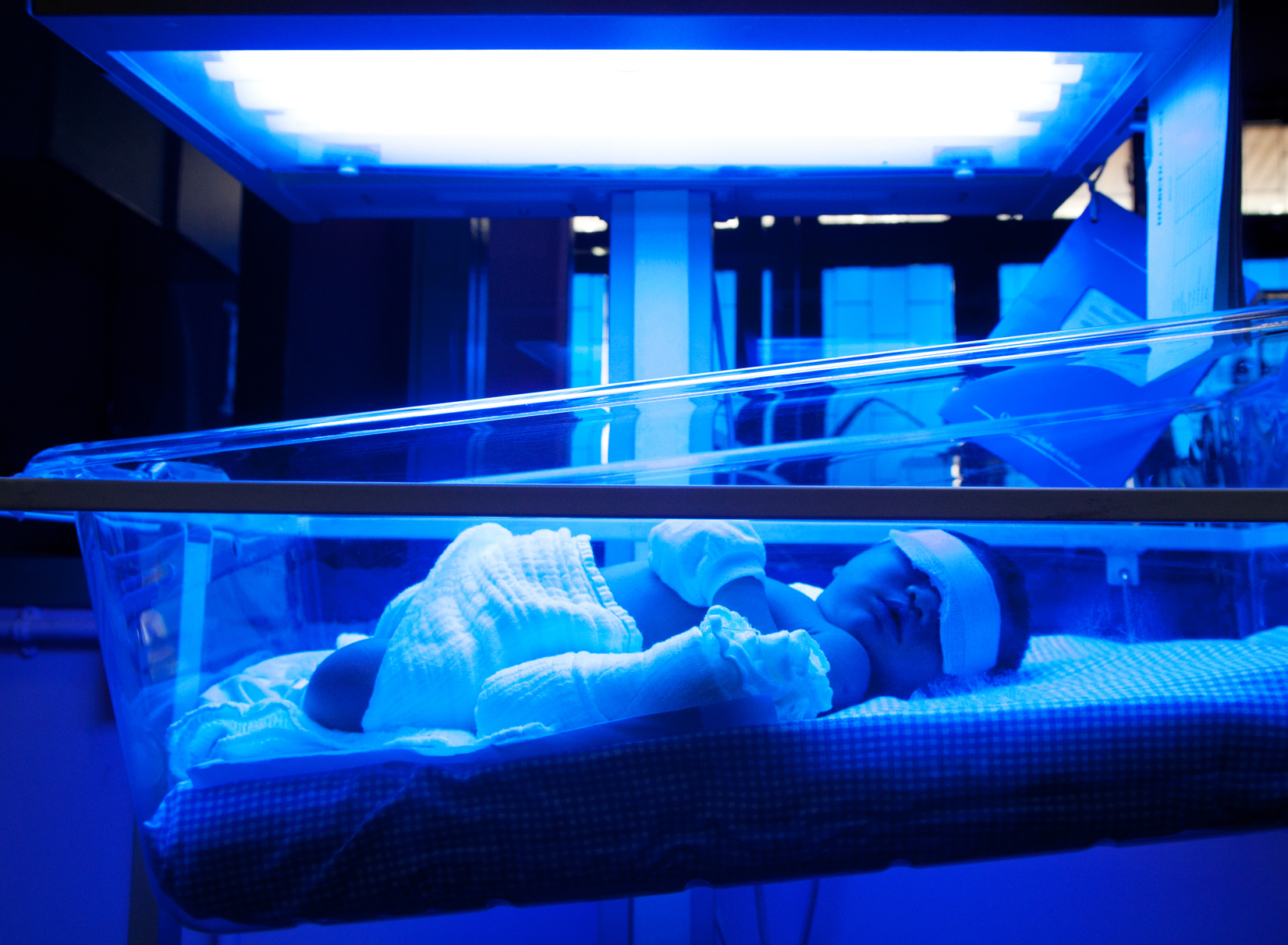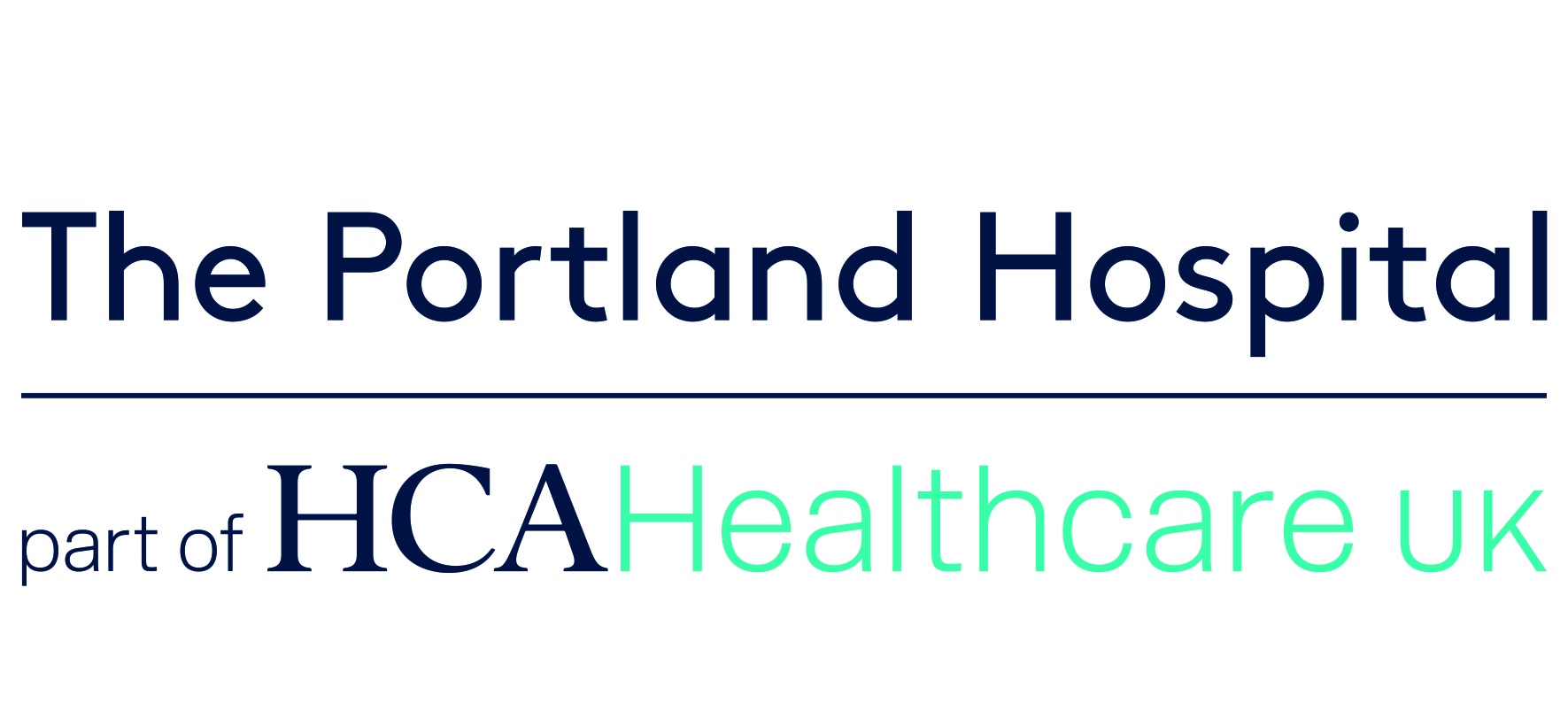
How should I check my baby for jaundice?
It is important that you check your baby for jaundice, particularly during their first week of life. It is best to check them in bright natural light when changing your baby’s nappy or clothes. Here are a few pointers to help you:
What should I do if I think my baby has jaundice?
For most babies, jaundice is mild and harmless and clears by itself. However, it
is important that you tell your midwife or doctor if you notice your baby is jaundiced:
• Urgently – if it happens in the first 24 hours
after birth (as it could be a sign of another medical problem)
• The same day you notice it – if your baby is more than 24 hours old.
• If you are at home, you may be asked to bring your baby to the Accident and Emergency department for tests.
How will you test my baby for jaundice?
• We will test your baby in hospital in one of the following ways:
• Using a small hand-held device (bilirubinometer) that is placed on your baby’s forehead or chest
• By taking a blood sample from your baby’s heel. This test may need to be done again six to 12 hours later
What treatment will my baby be given?
Mild jaundice does not normally need any treatment. Effective feeding will help the jaundice resolve. Your midwife will give you extra advice and support with breastfeeding to make sure that your baby is feeding effectively.
If the level of bilirubin in your baby’s blood is high, we will need to readmit your baby to hospital for treatment. This is rare and only affects small numbers of babies. Your baby may be given light treatment, known as ‘phototherapy’, from a lamp that shines a special blue light onto the skin. This light helps to break down the bilirubin, which will then be passed out of your baby’s body in their urine and stools. This will be explained fully by doctors and maternity staff in hospital.
What should I do if my baby’s jaundice does not clear up?
For most babies, jaundice clears up within a few days. If your baby’s urine is dark and/ or their stools are pale and chalky, or if they have had jaundice for more than two weeks (or more than three weeks if your baby was premature), tell your midwife, health visitor or doctor. Your baby may need further tests in hospital to check for other medical problems.
If you have any concerns about your baby having jaundice please speak to your midwife, GP or come to A&E.
